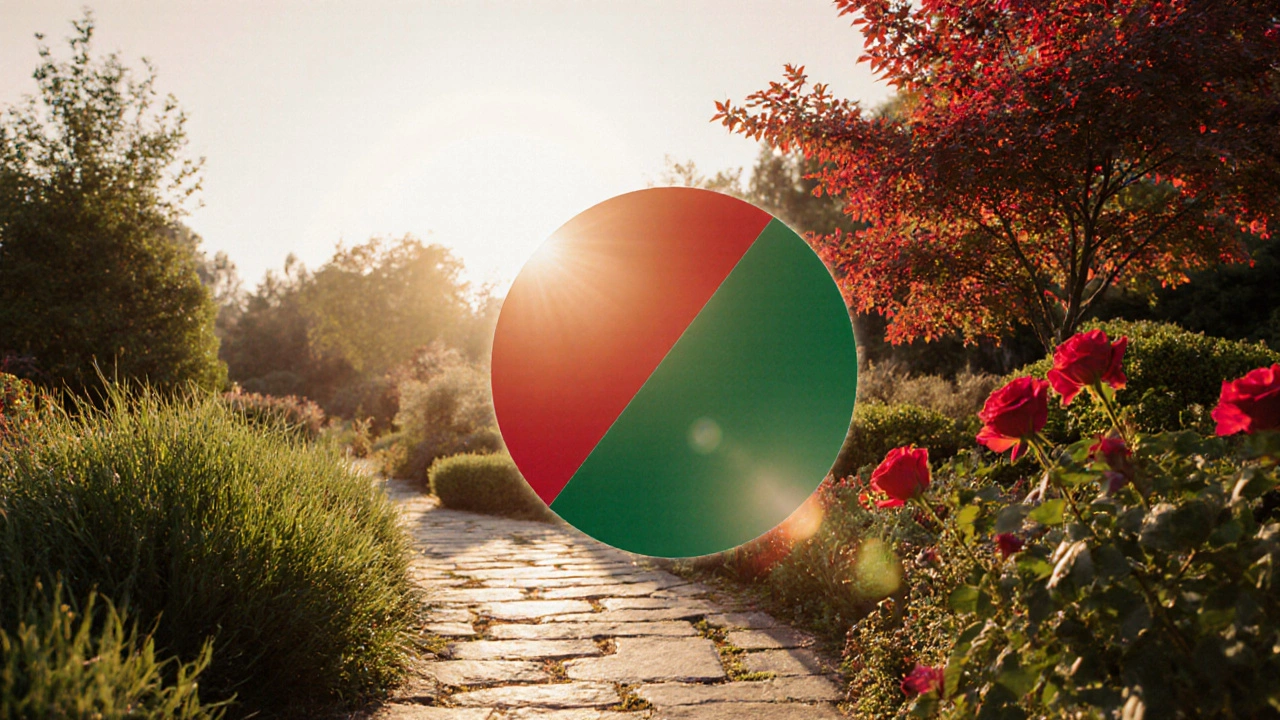Garden Design: Creative Ideas, Practical Tips & Artistic Inspiration
When working with garden design, the process of planning, shaping, and styling outdoor spaces to balance nature, function, and visual appeal. Also known as landscape design, it pulls together plant knowledge, spatial layout, and artistic flair. Garden design isn’t just about planting a few flowers; it’s a multidisciplinary craft that turns backyards, parks, and public plazas into living artworks.
Key Elements That Shape a Successful Garden
One of the first building blocks is landscape architecture, the discipline that maps out hardscape, circulation paths, and visual zones. It provides the structural skeleton—think patios, water features, and grading—that lets plants thrive and visitors navigate smoothly. Next comes horticulture, the science of selecting, growing, and caring for plants. Understanding soil types, climate zones, and seasonal growth cycles ensures the garden stays healthy year‑round.
But a truly memorable garden often goes beyond plants and paths. Outdoor sculpture adds a three‑dimensional focus point, turning a simple green corner into a conversation starter. Whether it’s a bronze figure, a kinetic metal structure, or a site‑specific installation, sculpture bridges the gap between natural and built environments. Meanwhile, garden photography captures the evolving story of a space, helping designers and owners see composition, light, and texture in new ways. Photographs can reveal hidden patterns, guide future tweaks, and provide a portfolio that showcases the garden’s growth over time.
These entities don’t exist in isolation; they intertwine to shape a cohesive whole. Garden design encompasses landscape architecture, which requires precise horticultural knowledge to choose plants that fit the hardscape. Outdoor sculpture influences how visitors move through the space, while garden photography documents those interactions, feeding back into design decisions. In practice, a designer might sketch a layout, select drought‑tolerant shrubs, place a sculptural focal point, then photograph the scene to fine‑tune lighting and sightlines.
Understanding these relationships helps you move from a vague wish‑list to a concrete plan. For example, if you love modern art, you might choose minimal planting schemes that let a stainless‑steel sculpture dominate. If you’re focused on sustainability, horticulture becomes the star, with native perennials reducing maintenance while still offering a backdrop for occasional art pieces. And if you enjoy sharing your garden on social media, learning basic garden photography techniques—like shooting during golden hour and using a tripod—will make your outdoor space look as good online as it does in person.
The collection of articles below dives deeper into each of these facets. You’ll find step‑by‑step guides on painting landscapes, tips for sculpting simple forms, insights into fine‑arts photography for outdoor settings, and practical advice on how contemporary art trends can inspire your next planting scheme. Whether you’re a beginner looking for a starter plan or an experienced designer seeking fresh artistic angles, the resources ahead will give you actionable ideas to bring your garden vision to life.

10 Oct 2025
Discover how to use complementary colors in landscaping with practical plant picks, hardscape tips, seasonal guides, and a handy FAQ to create vibrant, balanced gardens.
Continue reading...
